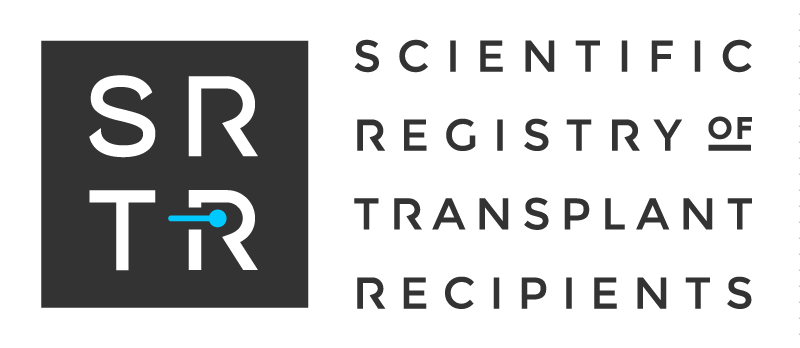SRTR Simulation Analysis
About the Simulated Allocation Models
Simulation analysis can be a useful tool in the context of organ allocation. SRTR has developed a flexible simulation software called OASim. This page gives information on SRTR simulation methodology and OASim software, as well as results from specific SRTR simulation studies.
Background and Methods
- Details and background information about simulation in the context of organ allocation, as well as SRTR methodology for simulation analysis, can be found here: Background and Methodology in Simulation Analysis: OASim.
- SRTR’s method for calculating adjusted rates in the context of organ allocation simulation can be found here: Time-to-Event Rate Calculations in Simulation Analysis: OASim.
OASim
- OASim is available for use by researchers through a data use agreement (DUA). Please contact us for more information.
- For more details, see the OASim user documentation.
SRTR Simulation Analysis Results
SRTR follows a research question–based paradigm for simulation study design, where all simulation submodels are evaluated in relation to the overall research questions. This paradigm is described in the context of a data request from an organ-specific Organ Procurement and Transplantation Network committee here: SRTR Simulation Study Process Overview.
Below are analysis reports for SRTR simulation studies that have been performed using the research question–based paradigm:
